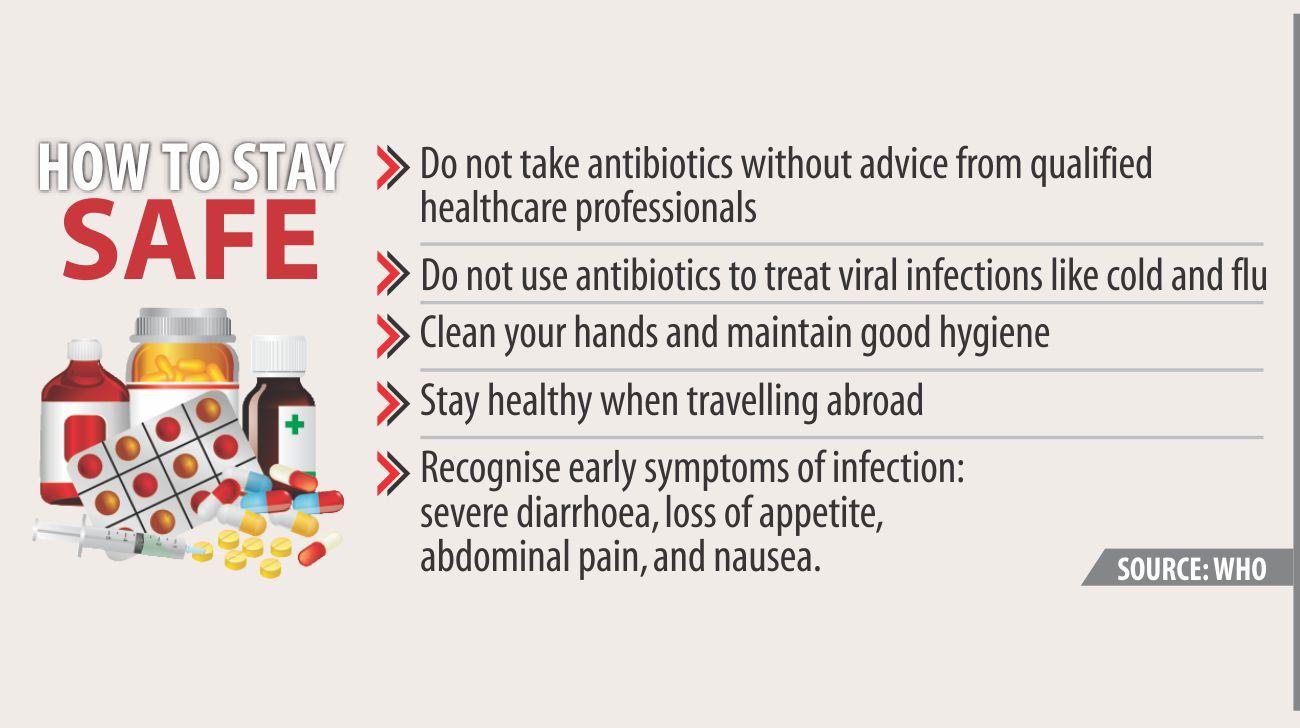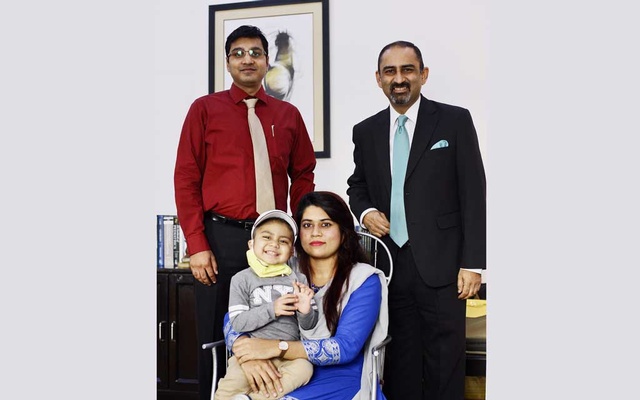Mobile technology in maternal and child health
“Ensuring quality services for safe motherhood” was the theme for the Safe Motherhood Day celebrated in 2012. However, do the Bangladeshi mothers still know that safe motherhood is not just a one-liner theme?
Do they know that it’s not an accident for a healthy mother to deliver a healthy baby? With significant progress, which statistics confirms, that Bangladesh is on track of reaching Millennium Development Goals 4 and 5 in terms of reducing Infant and Maternal Mortality above expectations; the truth is still, every hour, one mother dies from pregnancy related complications; every hour 12 infants die who haven’t yet reached the age of 1 month. More frightening statistics, which has a causal relationship with the above statistics, are: only one fourth of the mothers go for the at least four required antenatal checkups and only one third of them deliver with assistance of trained midwives or at health facilities.
In this backdrop, the government, private sector, non-government organisations, philanthropic institutions and social enterprises strive on their own path towards the common purpose, which is ‘every mother and baby counts’. And, we know, it is not an easy task. While making available quality medical facilities are essential to all mothers and children, we see that creating facilities is not enough. Behavioral issues are one of the major impediments in achieving zero casualties.
How to address the behavioural issues?
Worldwide, there are many championing ideas and initiatives, which attempt to provide education to mothers, their family members and other stakeholders to change behaviour towards healthy practice before, during pregnancy, at the time of delivery and of course, towards caring for new mothers and newborns. Many of them are initiated by health care practitioners; others are initiated by rights based organisations. A few are focusing on technology, particularly mobile communication technology, to reach the millions.
Mobile technology has spread across the globe so quickly that very soon every household will have at least one mobile phone. Although mobile phone is used primarily as a device for voice communication, scopes and use of value added services are growing very fast. A few years back it was unthinkable that a mobile phone would become a common commodity item for most of the population; that even people below the poverty line would be able to buy mobile phones, learn to call and receive calls, even learn to read and write a few SMSs. Given the usage and network spread that mobile telephony has managed to reach in Bangladesh, mobile phone itself is becoming the best media to spread information and awareness.
While there is a huge hype in using mobile technology for various education and behavioural change objectives, the major limitation is reaching every household to inform about a new value added service through popular media channels like television, radio, newspaper �” and it is expensive, which reduces probability to survive. In many cases, popular media channels are not available to a great or even lesser extent in the community, where such service is mostly needed.
In such circumstances, a hybrid approach probably may work better. Aponjon mHealth service in Bangladesh is trying this hybrid approach, where it uses mobile technology to promote behavioral change among the expecting families though stage-based voice and text messages. The hybrid approach in reaching out the target audience is defined where it uses both popular media and engages community workers. This is a new and interesting phenomenon.
Aponjon mHealth service has launched formally on December 18, 2012 in Bangladesh as a public �” private collaboration. One of the leading social enterprises of the country, D.Net is implementing the service, which is being run with assistance from the government of USA (through USAID) as a part of the programme agreement with the government of Bangladesh. The service is also a part of a global initiative directed towards maternal and child health, named Mobile Alliance for Maternal Action (MAMA), which was inaugurated by US Secretary of State, Hillary Rodham Clinton.
Other than Bangladesh, mHealth service is also launched in South Africa, and, is going to be launched soon in India. However, the service design in each country is different as mobile penetration and usage pattern in these countries are different. Although the launch takes place now, the service started in Bangladesh through a pilot a year ago. The service is available through a common number 16227 from any mobile phone.
It is important to note here that the Aponjon service design seems very creative and user centric. One of the common mistakes that most of the value added service providers make, is that they jump into service designs without much of an effort to build relationship with the end users assuming that they know pretty well the users’ needs.
On the contrary, Aponjon spent more than a year to design the service, tested it, and modified incorporating all learning form the users. For example when the service was conceived, it was thought to be text based service, inspired by Text4Baby in the US. Pretty soon, it became very obvious that without an option to introduce some option through voice, it may not fly in Bangladesh due to low literacy rate and low use of texting. Moreover, people forget to call and listen; as a result, call push option was introduced. This option allows a user, after registration with the service, to receive a phone call at a chosen time, push the receive button and listen to the message.
Aponjon also incorporated a number of other innovations to make it user friendly and pro-poor. Such design also catalysed innovation in technology platform. For example when one receives a call and pays for it, it requires certain configuration of charging gateway. That configuration was done with telecom operators’ cooperation.
Moreover, considering the ultra-poor population’s limited affordability to pay, it was decided that at least 20 per cent of the total subscribers will receive the service free of charge. This again requires special configuration of the charging gateway, where some subscribers pay and others receive the service for free. It was also considered during the test whether and how most people want to pay for the service. Surprisingly, very few of the subscribers were found who do not want to pay for it at all. However, the average ability to pay was far below the break-even level price, when cost and income are equal. The D.Net team showed its innovation once again to develop a business model, where alternative sources of income were identified to keep the price low. For example, advertisement with messages, sponsor a mother campaign, where individuals or corporate houses can pay for any number of subscribers, cross promotion opportunity for corporate houses and corporate philanthropy which will provide resources to fill the gap.
The support from the Ministry of Health and Family Welfare is also vital in reducing cost for promotion of the service through state media. Corporate houses like Beximco Pharmaceuticals Limited, Lal Teer of Multimode Group and Rahim Afrooz provide both in-cash and in-kind support to the initiative. These are but the local sources. Johnson and Johnson, the global partner of MAMA also provides financial support to fill the gap. The core support, which is coming from the USAID, is the life line when this business model is gradually gaining ground.
Now, let me highlight about the hybrid approach in terms of reaching out the target audiences. D.Net went into partnerships with leading non-government health care services institutions like BRAC, SMC, Smiling Sun Franchise Program, Mamoni of MCHIP and Info-Lady for engaging community agents. Currently, more than 750 community agents are working to enroll new subscribers, who are deployed for the partner institutions. This engagement is helpful as registration process for the rural subscribers is getting simpler and the relevant data is collected by the community agents. For the urban population, where reach of the popular media is high, media campaign is used. This combined approach is a new thinking and definitely will produce good result. The number of community agents will grow in numbers in coming days. The result of the hybrid approach will be more visible in near future.
Aponjon takes a mother through her pregnancy and motherhood for a total of 86 weeks with the service with week by week messages, which create sustained impacts on them. When a community health worker does not come to visit a pregnant mother within a month, Aponjon is still with her. Thus, Aponjon complements what the community health workers do.
Another area of strength of Aponjon service is its content, which is very well- researched and validated from multiple sources. Globally renowned maternal and child health care content provider Baby Center is a partner of Aponjon, while the relevant committee of the Ministry approves it. Nationally and internationally reputed experts also provide inputs through a technical review committee.
Aponjon has started a journey with small but confident steps, and it also sees the future, where the current service will evolve and new services will emerge. Aponjon is an epitome of ‘partnership’ and other initiatives may learn how to bring together public and private entities, business and public goods.
Source: The Daily Star











Very inspiring!